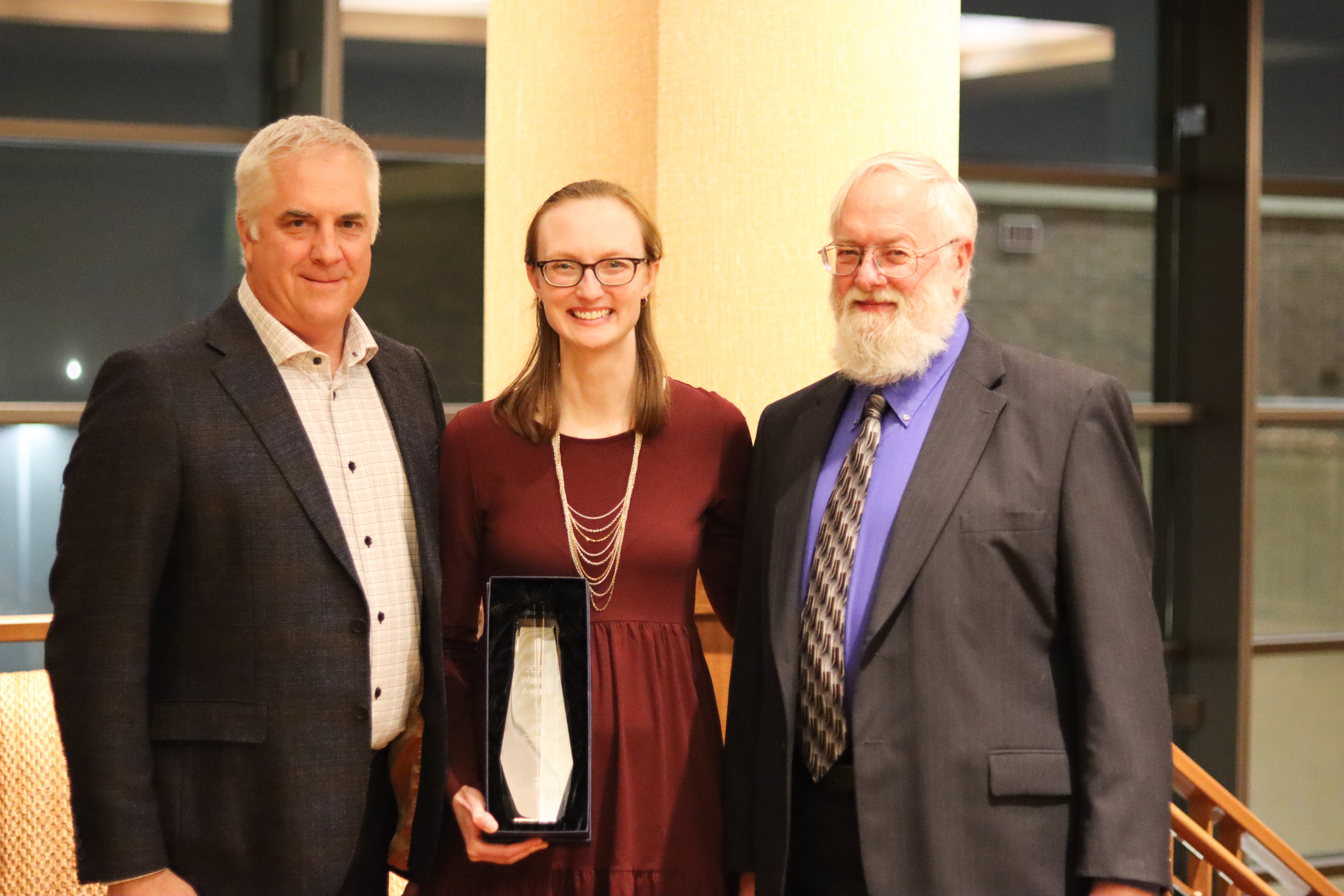Do you have a responsibility to preserve a building? It’s a question that leaders of almost every town face at some point and many business leaders consider, too. In each community, there’s a building that leads community members to step back and evaluate how a building can be preserved and re-purposed for use well into the future.
But what does that mean and how do you do that?
In some cases, private leaders step up to preserve the spaces, buying the facilities and using them for private use. Look at Chip and Joanna Gaines. The Texas couple has become famous for their ability to take an old, debilitated structure in a neighborhood and turn it into a dream home. The HGTV stars did the same for their growing retail business in Waco, Texas through an adaptive re-use of silos that are a trademark of the town’s skyline. The facility has now become a national tourist attraction, giving the small community of Waco a significant economic boost.
For Loras College in Iowa, we recently used a 101-year-old foundation, originally used for the college’s boiler plant, to build a new Welcome Center that mixed both preservation and modernization. People appreciate projects like these because they show value in where we’ve been without losing the function and appeal, we desire in spaces today.

What to Preserve
Preservation is not a new concept brought on by the green movement of the 1990s. It first came into play in the 1960s when very prominent public buildings were being demolished - overnight. The events led to an uproar and culminated with the 1966 Federal Preservation Act. The Federal Preservation Act considers any public building older than 50 years historic. As a society, we still like the idea that we can take something that may seem down and out and give it new life. We know what good preservation looks like when we see it. We often just don’t know what it means and how to get there.
Here are the key principles of preservation:
The greenest building is one that already exists. This catchphrase has been used over the past decade to encourage leaders to rethink their facilities. The green building concept emerged about 15 years ago with the established of the federal LEED certification. LEED, short for Leadership in Energy and Environmental Design, challenged leaders to change the way they plan, construct and operate facilities. A desire to not unnecessarily expend carbon to demolish and re-build a structure leads more owners to consider adaptive re-use – saving what they can – even when the facility is not federally defined as historic.
Preserve materials that are no longer available. That may mean when deconstructing a building, preserving the wood to be used in the reconstruction. There are a series of wood species, natural stone and metals in older buildings that we no longer have access to. Woods like exotic maples and red birch were commonly used a century ago and can only be found in salvage piles today. While these woods are known for their natural beauty, it is their strength that makes them valuable. Old tree growth has a higher density and tighter grain than the replanted forests we see today. The quality and look are far superior than the wood we use today. That is making reclaimed wood even more highly desirable in new construction.
Preserve high levels of craftsmanship. It’s hard to find the same level of detail and true craftsmanship seen in buildings created at the beginning of the 19th Century. It’s also challenging to find workers with comparable craftsmanship skills today and even when you do, the fee to commission them is so high that it has become cost prohibitive. In more cases, we work to preserve the craftsmanship when remodeling the spaces because we know it’s unlikely they can be re-created.
Preserve distinctive architectural styles. With hundreds of architectural styles in existence today, this can feel quite broad. Typically, the older styles are ones that more people gravitate towards, namely the original and revival styles found up until the 1940s. More recently, we have seen a desire to preserve even the track-home concept of the 1950s. How this will play out with the styles of the 80s and 90s will be interesting since we have seen a move to more affordability and access, which drive down quality of construction. Regional styles also are becoming more important.
In all cases, the greatest aim is to preserve the story of our history through the built environment. It’s a privilege we get. This is the most important concept around preservation. It essentially serves as the basis for the Federal Preservation Act.
We may feel like we’ve become a throw away society and in some cases, we have. There are actually fewer and fewer buildings that warrant preservation because more buildings today are being built to last 20-30 years – and sometimes 50 years - rather than 100 years like those constructed a century ago. That makes older buildings even more of a gem for organizations. They are worth preserving.















